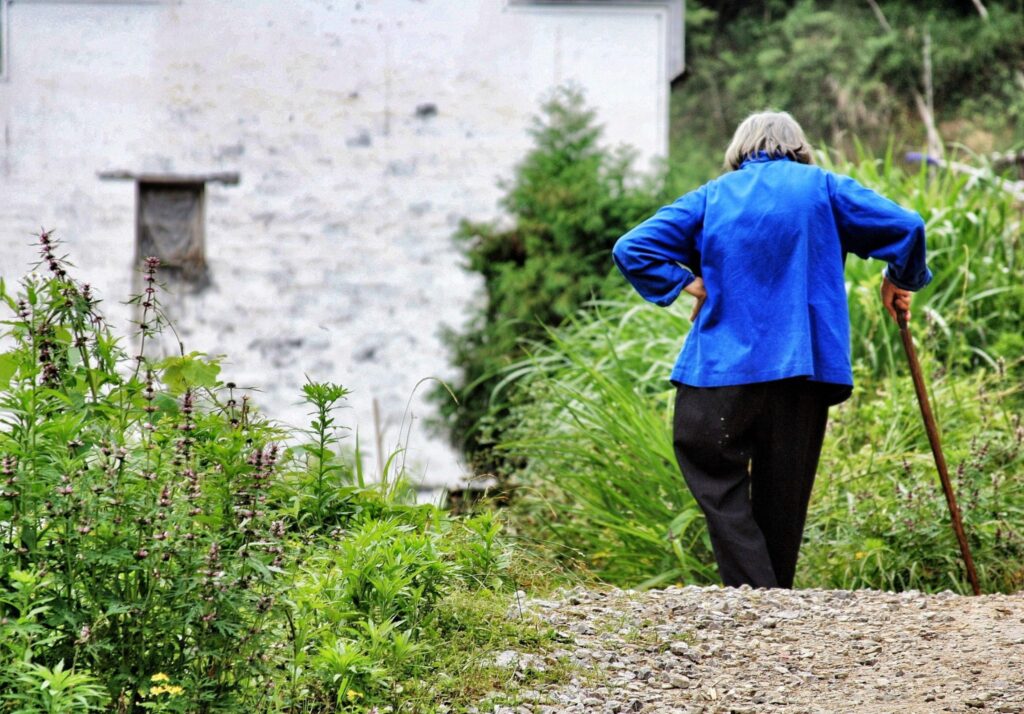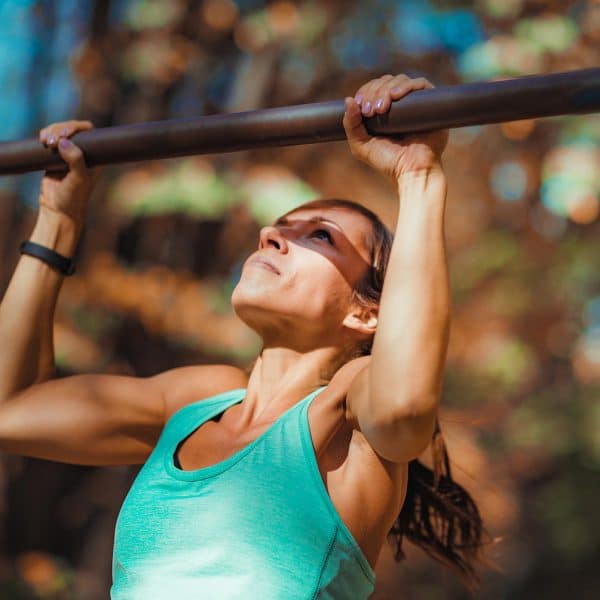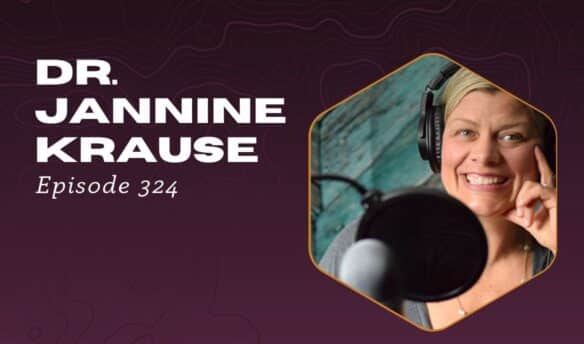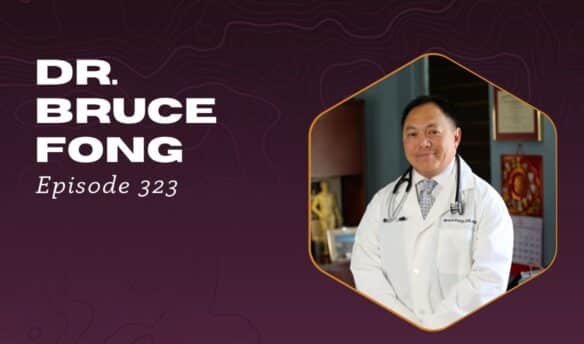Photo by Chastagner Thierry on Unsplash
Guest article by Dr. Charles-Davies OA, a medical doctor whose passion is in public health education.
Elderly people, according to WHO, are individuals who are 65 years old and above. As we grow older, our muscles tend to get weaker and our bones become susceptible to a fracture if we fall. We are also prone to degenerative bone conditions such as osteoarthritis.
Most elderly will like to exercise but are worried that they may overdo and cause more harm than good. Exercises do not basically mean going to the gym and lifting weights. You can do exercises in the comfort of your home and at your own pace.
So What Kind Of Workouts Should An Elderly Person Do?
In order to remain active, the elderly should follow the WHO guidelines in order to know the kind of workouts they are meant to do and the duration of these exercises.
The elderly are to:
Be active for at least 150 minutes to at most 300 minutes every week of moderate physical activity intensity or at least 75 minutes to at most 150 minutes every week of vigorous physical activity intensity.
Moderate intensity physical activity makes you sweat and raise your heart rate. You can still talk. You can get this done using a treadmill at home.
Vigorous intensity physical activity makes you breathe harder and faster. You may feel breathless while trying to talk.
– Do aerobics in bouts of 10 minutes
– Muscle and bone strengthening exercises should be done 2 – 3 times a week
– Balancing exercises should be incorporated into their exercise plan to prevent falls at least 3 times a week
– If you are unable to carry out the recommended amounts of physical activity due to health conditions, be as physically active as your abilities and conditions allow.
From the guidelines, the workouts expected of the elderly are:
1. Aerobics
Aerobics are an all-around exercise that works on your heart, lungs, muscles, and joints. This as explained above should be done in bouts of 10 minutes. It helps the heart and blood pressure.
2. Strengthening exercises
Major muscle groups in the body enable you to move around and prevent or reduce pain at the weight-bearing joints of the body such as the knee and back. By major muscle groups, we are talking about:
– Muscles of the legs
– Abdominal muscles
– Muscles of the back
– Muscles in the arms and neck
3. Balancing exercises
There is a tendency for older people to lose their sense of balance. As you grow older your “balancing sensing system” tends to be slower than normal. Losing balance can lead to falls. These falls can cause fractures or dislocations.
4. Flexibility exercises
A movable joint is a healthy joint. Flexibility exercises will prevent “joint freezing”.
Safe Exercises That Can Be Done By The Elderly
Some of these exercises include:
– Walking
– Walking a pet
– Dancing
– Jogging at your own pace
– Bicycle riding or moving in a wheelchair
– Table or lawn tennis
– Gardening
Wall Push-ups – strengthens the arms and upper back muscles.
– Face the wall with some distance between you and the wall
– Place your hands on the wall and ensure your arms do not bend
– Lower your body towards the wall and push back
– This exercise can also be done in sitting
Abdominal muscle contractions – strengthens the abdominal muscles
– Hold in your stomach like you want your belly button to touch your spine
– Take a deep breath while doing this
– Hold for 3 – 5 breaths and then relax
Squats– strengthening exercises in the lower limbs
– While standing, hold a chair or any other form of support
– Keep your legs a bit apart
– Bend your knees and squat down as if you are trying to sit back in a chair
– Come back to a standing position
– This can be modified by sitting in a chair and standing up
Calf raises – strengthens the calf muscles and improves balance
– This can be done by sitting or standing
– Stand on your toes with or without support
– Hold this position for 5 – 10 seconds
– Lower your heels
Heel to toe walking – balancing exercise
– Draw a straight line on the floor
– Stand with your right foot behind your left foot (the right toe should touch the left heel)
– Walk along the line alternating your feet; left toe right heel, right toe left heel… till you get to the end of the line
Standing on one leg – balancing exercise
– While standing, shift your weight from one leg to the other
– Hold for 5 – 10 seconds
– Put down your leg and switch to the other leg
Shoulder blade squeezes – stretches the chest and strengthens the upper back
– Sit upright in a chair with your palms on your laps
– Squeeze your shoulder blades so that they touch each other
– Hold for 3 seconds and release
If you enjoyed these tips for staying fit for life check out other articles written by Dr. Charles-Davies OA, a medical doctor whose passion is in public health education who writes for the website 25 Doctors.





